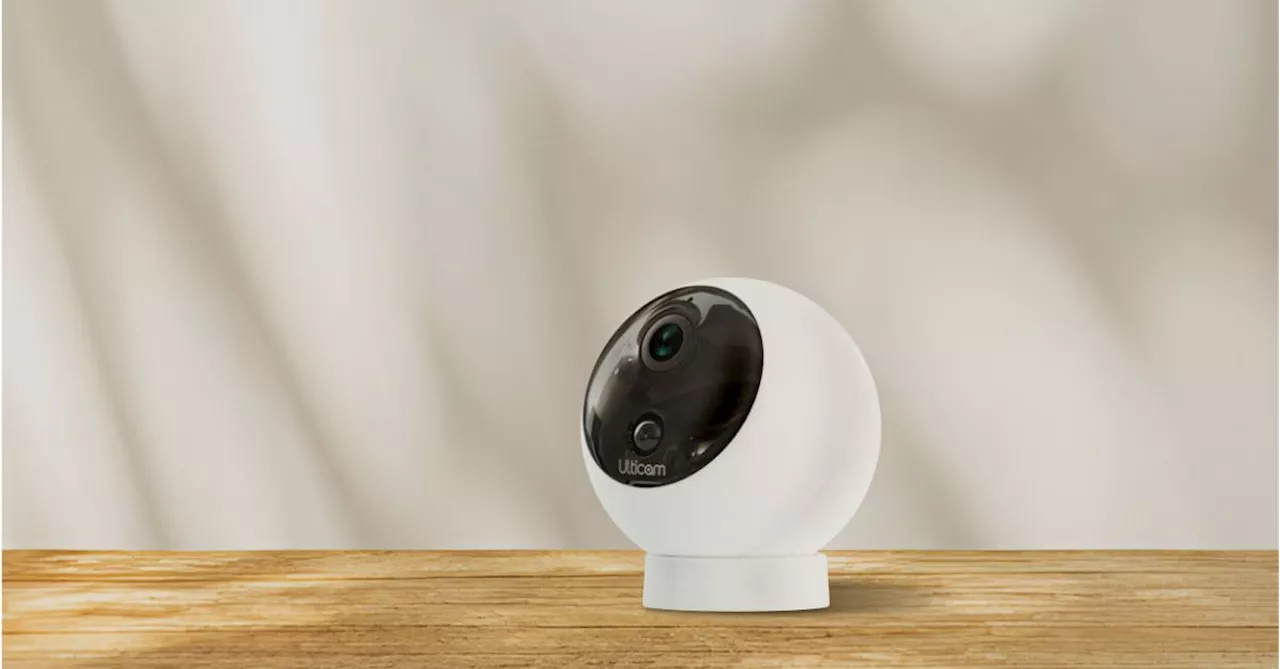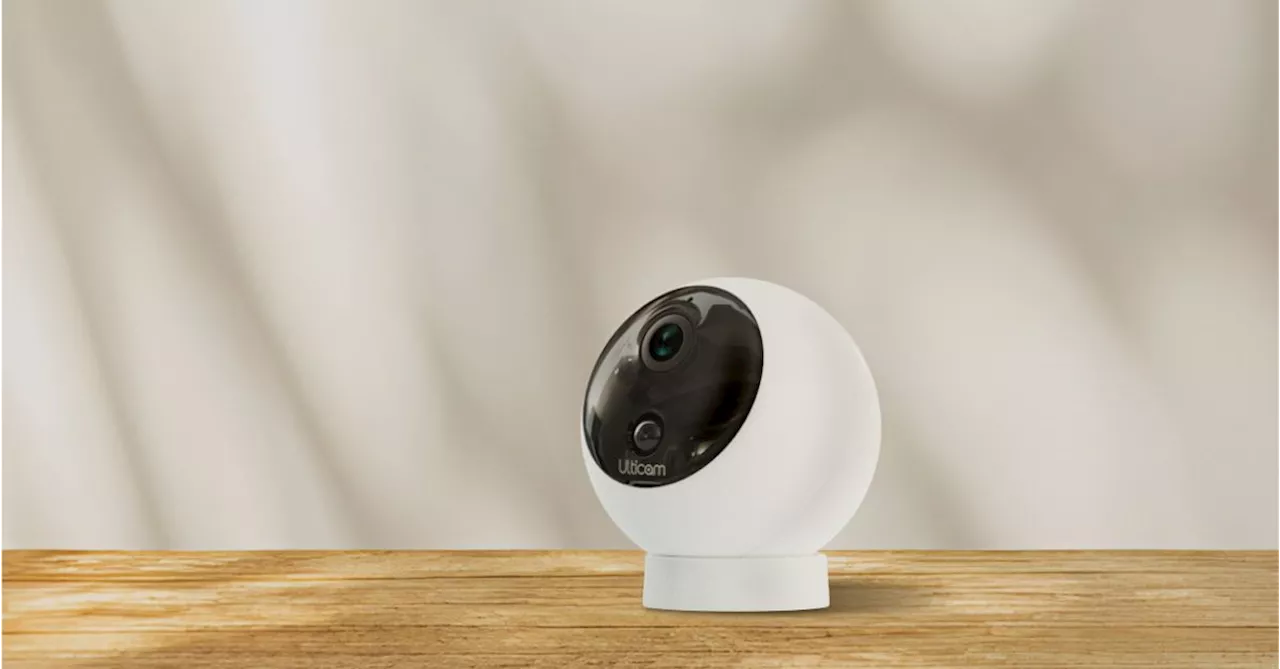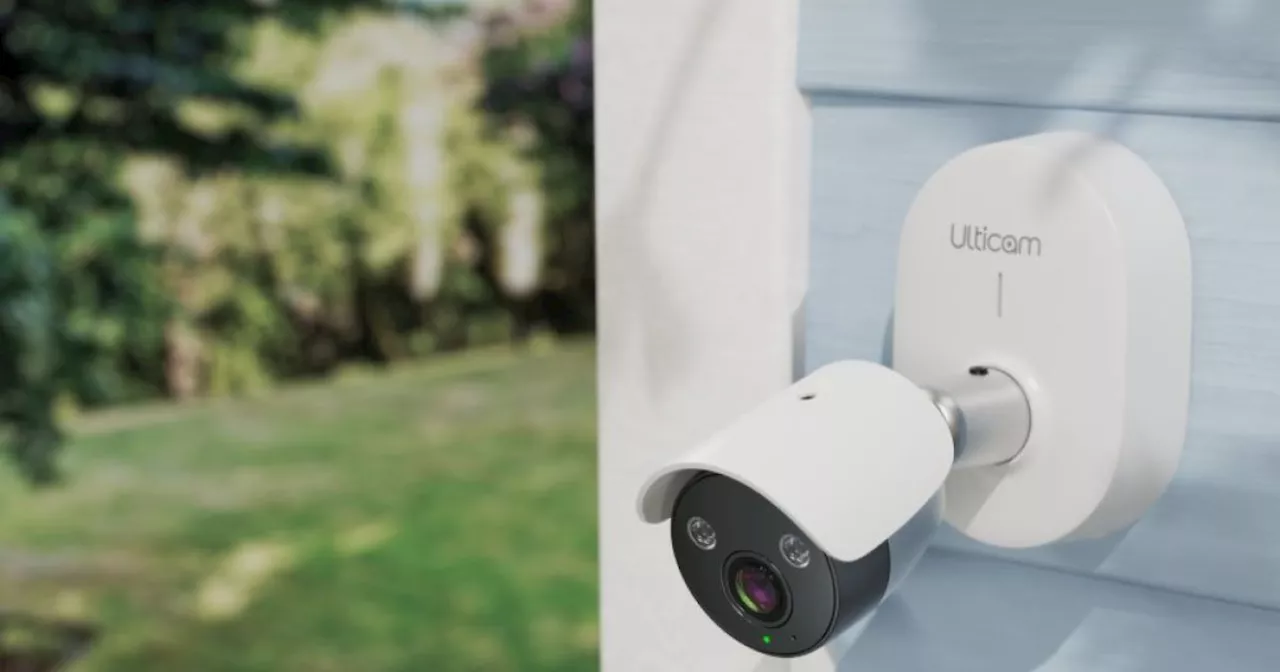Most cyber incidents stem from known risks. Discover why remediation lags behind threats and how AI-driven security is closing the gap before attackers strike.
Organizations have more visibility into cloud cybersecurity risks today than ever before. Security tools continuously detect vulnerabilities, flag misconfigurations, and generate detailed threat intelligence. Yet, despite this unprecedented awareness, most cloud security incidents still stem from known risks.delivers a striking revelation: 62% of incidents originate from vulnerabilities that security teams had already identified but failed to remediate.
The most alarming finding in ZEST’s report is the widening gap between remediation speed and attacker agility. While security teams often take weeks or even months to remediate critical vulnerabilities, attackers now exploit them within five days on average, according to Mandiant’s latest threat intelligence research. This discrepancy allows adversaries to strike long before defenders can act.
This problem is exacerbated by the fact that more than 50% of critical security issues cannot be fully remediated, forcing security teams to explore alternative mitigation strategies.Beyond the immediate security implications, slow remediation carries an immense financial toll. Security teams report spending over $2 million annually on remediation efforts, excluding the additional costs associated with breaches, regulatory fines, and reputational damage.
Cloud Security Mor Levi Snir Ben Shimol Cybersecurity Cloud Risk Exposure Cloud Vulnerabilities
United States Latest News, United States Headlines
Similar News:You can also read news stories similar to this one that we have collected from other news sources.
 Ulticam Dot Security Camera Offers Free Cloud Storage and MoreThe Ulticam Dot, a portable security camera from Xthings, will launch in Q1 2025 with a unique feature: seven days of free cloud storage for recordings. This disruptive offering aims to set the Ulticam apart from competitors and provides users with ample time to review footage.
Ulticam Dot Security Camera Offers Free Cloud Storage and MoreThe Ulticam Dot, a portable security camera from Xthings, will launch in Q1 2025 with a unique feature: seven days of free cloud storage for recordings. This disruptive offering aims to set the Ulticam apart from competitors and provides users with ample time to review footage.
Read more »
 Ulticam Dot Security Camera Launches with 7 Days of Free Cloud StorageThe Ulticam Dot, a portable security camera from Xthings, will launch in Q1 2025 with a disruptive feature: seven days of free cloud storage for recordings. This generous offering, which includes all features without a premium subscription, aims to set the Dot apart in a competitive market. The company is also exploring optional subscriptions for extended cloud storage.
Ulticam Dot Security Camera Launches with 7 Days of Free Cloud StorageThe Ulticam Dot, a portable security camera from Xthings, will launch in Q1 2025 with a disruptive feature: seven days of free cloud storage for recordings. This generous offering, which includes all features without a premium subscription, aims to set the Dot apart in a competitive market. The company is also exploring optional subscriptions for extended cloud storage.
Read more »
 Ulticam Unveils AI-Powered Security Cameras with Free Cloud Storage at CES 2025Ulticam, a new brand from Xthings, has launched three AI-powered security cameras at CES 2025. The Ulticam IQ, IQ Floodlight, and Dot offer impressive features, including edge AI, 2K QHD footage, and free seven-day cloud storage.
Ulticam Unveils AI-Powered Security Cameras with Free Cloud Storage at CES 2025Ulticam, a new brand from Xthings, has launched three AI-powered security cameras at CES 2025. The Ulticam IQ, IQ Floodlight, and Dot offer impressive features, including edge AI, 2K QHD footage, and free seven-day cloud storage.
Read more »
 Heavy Snowstorm Disrupts Washington's Security Operations Amid National Special Security EventsA major snowstorm forecast to dump up to a foot of snow in Washington, D.C., adds an unexpected layer of complexity to an already challenging two-week stretch for local officials. The district is hosting three designated National Special Security Events in a two-week span for the first time ever, including Monday's joint session of Congress to certify the votes from the Electoral College.
Heavy Snowstorm Disrupts Washington's Security Operations Amid National Special Security EventsA major snowstorm forecast to dump up to a foot of snow in Washington, D.C., adds an unexpected layer of complexity to an already challenging two-week stretch for local officials. The district is hosting three designated National Special Security Events in a two-week span for the first time ever, including Monday's joint session of Congress to certify the votes from the Electoral College.
Read more »
 Proposed HIPAA Security Rule Update: Will it Enhance Patient Data Security?The OCR is proposing updates to the HIPAA Security Rule, aiming to strengthen cybersecurity protections for ePHI. However, concerns are raised about the feasibility of implementing these changes, particularly for small organizations with limited resources.
Proposed HIPAA Security Rule Update: Will it Enhance Patient Data Security?The OCR is proposing updates to the HIPAA Security Rule, aiming to strengthen cybersecurity protections for ePHI. However, concerns are raised about the feasibility of implementing these changes, particularly for small organizations with limited resources.
Read more »
 HIPAA Security Rule Update: Compliance or Enhanced Security?The OCR's proposed updates to the HIPAA Security Rule aim to strengthen cybersecurity protections for ePHI. The key question is whether these changes will adequately address compliance requirements or provide a more robust security framework. The proposal mandates comprehensive technology asset inventories, network maps, and written procedures for restoring critical systems within 72 hours. Implementing these changes presents challenges, particularly for small organizations with limited security resources.
HIPAA Security Rule Update: Compliance or Enhanced Security?The OCR's proposed updates to the HIPAA Security Rule aim to strengthen cybersecurity protections for ePHI. The key question is whether these changes will adequately address compliance requirements or provide a more robust security framework. The proposal mandates comprehensive technology asset inventories, network maps, and written procedures for restoring critical systems within 72 hours. Implementing these changes presents challenges, particularly for small organizations with limited security resources.
Read more »
